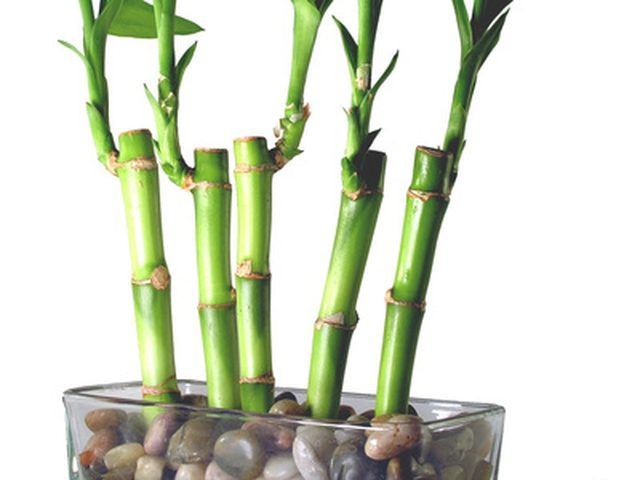Bulbs
Flower Basics
Flower Beds & Specialty Gardens
Flower Garden
Garden Furniture
Garden Gnomes
Garden Seeds
Garden Sheds
Garden Statues
Garden Tools & Supplies
Gardening Basics
Green & Organic
Groundcovers & Vines
Growing Annuals
Growing Basil
Growing Beans
Growing Berries
Growing Blueberries
Growing Cactus
Growing Corn
Growing Cotton
Growing Edibles
Growing Flowers
Growing Garlic
Growing Grapes
Growing Grass
Growing Herbs
Growing Jasmine
Growing Mint
Growing Mushrooms
Orchids
Growing Peanuts
Growing Perennials
Growing Plants
Growing Rosemary
Growing Roses
Growing Strawberries
Growing Sunflowers
Growing Thyme
Growing Tomatoes
Growing Tulips
Growing Vegetables
Herb Basics
Herb Garden
Indoor Growing
Landscaping Basics
Landscaping Patios
Landscaping Plants
Landscaping Shrubs
Landscaping Trees
Landscaping Walks & Pathways
Lawn Basics
Lawn Maintenance
Lawn Mowers
Lawn Ornaments
Lawn Planting
Lawn Tools
Outdoor Growing
Overall Landscape Planning
Pests, Weeds & Problems
Plant Basics
Rock Garden
Rose Garden
Shrubs
Soil
Specialty Gardens
Trees
Vegetable Garden
Yard Maintenance
How to Care for a Lucky Bamboo Dracaena Plant
How to Care for a Lucky Bamboo Dracaena Plant. Lucky bamboo may resemble bamboo, but it is actually a member of the Dracaena family and not a bamboo at all. Lucky bamboo makes an interesting houseplant because it can be trained into a myriad of shapes and curls. Straight-growing lucky bamboo is usually a rooted piece of stem and doesn't grow any...

Lucky bamboo may resemble bamboo, but it is actually a member of the Dracaena family and not a bamboo at all. Lucky bamboo makes an interesting houseplant because it can be trained into a myriad of shapes and curls. Straight-growing lucky bamboo is usually a rooted piece of stem and doesn't grow any longer, but lucky bamboo that has been trained into designs often continues to grow, albeit slowly. While it is low-maintenance, caring for your lucky bamboo properly ensures that it thrives for years to come.
Things You'll Need
Distilled water
Fertilizer
Place the lucky bamboo plant in an area that receives indirect or low light. Lucky bamboo prefers less light but tolerates bright light. The plant cannot tolerate direct sunlight.
Place the lucky bamboo in a 65 to 75 degrees F room. Place it away from air vents and other areas that receive hot or cold drafts, as this can dry out and damage the plant.
Replace the water in the vase or container every two to three weeks, replenishing it to a 3-inch depth. Use distilled water as the chlorine in tap water can damage the plant. For lucky bamboo growing in soil, water regularly with distilled water, keeping the soil slightly soggy.
Fertilize every one to two months with a balanced liquid houseplant fertilizer. Add one to two drops of fertilizer to the water right after the water has been changed.
Tips & Warnings
Lucky bamboo produces roots when one of the joints on the stem is underwater. You can divide the plant by breaking the stem so that it has at least one joint to place under water.
Chlorine, fluoride and other chemicals in tap water kill the plant. If you must use tap water, set it out in an open container for two to three days so the chlorine evaporates.